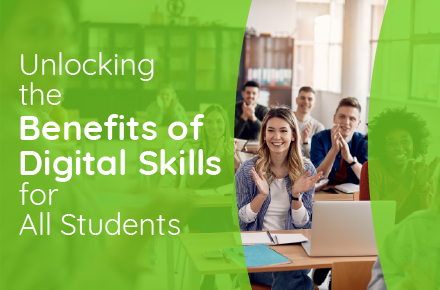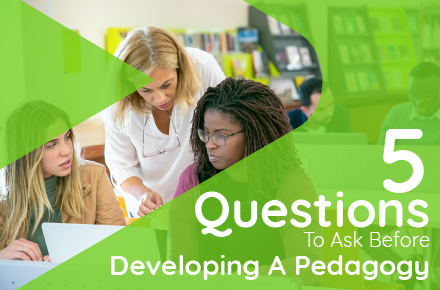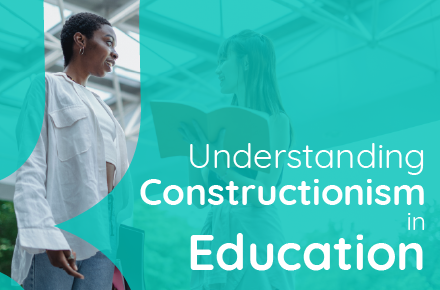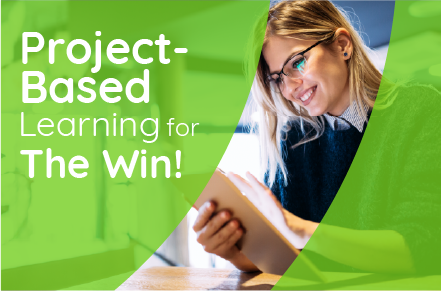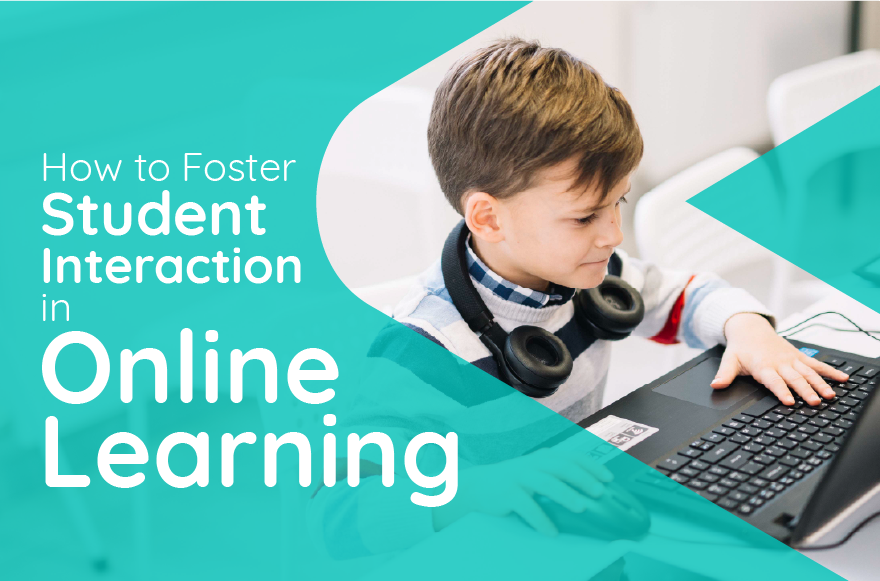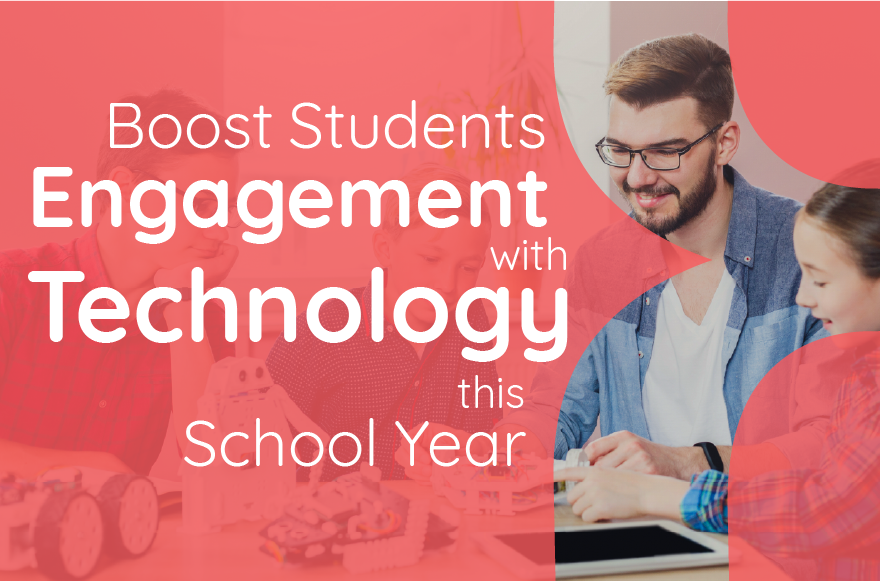As a teacher or educator, it’s important to prepare your K12 students for academic success and set them up for success in their future careers. One way to do this is by introducing them to the world of digital skills.
In today’s world, digital skills are becoming increasingly important for a wide range of careers. From coding and software development to digital marketing and data analysis, the ability to use technology effectively is becoming a key requirement for many jobs.
But why should you consider introducing your K12 students to digital skills?
- Demand for digital skills is high and growing. The demand for workers with digital skills is expected to continue to increase in the coming years, as more and more businesses rely on technology to operate and compete. This means that students who develop digital skills can look forward to strong job prospects and a lucrative career path.
- Digital skills apply to a wide range of industries. Digital skills are in demand across various industries, including finance, healthcare, retail, and more. Students who develop digital skills will have a wide range of career options to choose from.
- Digital skills can lead to higher salaries. Workers with digital skills tend to earn higher salaries than those without. According to the Bureau of Labor Statistics, the median annual wage for computer and information technology occupations was $88,240 in 2020, and this figure is expected to continue to grow in the coming years.
So how can you introduce your K12 students to digital skills? Here are a few ideas:
- Incorporate digital skills into your curriculum. There are many ways you can incorporate digital skills into your existing curriculum, depending on the subject you teach. For example, if you teach math, you could introduce students to basic coding concepts using tools like Scratch. If you teach social studies, you could discuss the role that technology plays in different industries.
- Offer extracurricular digital skills clubs or workshops. Consider starting a digital skills club or offering digital skills workshops as an extracurricular activity for interested students. This can be a great way to give students hands-on experience with digital skills and tools.
- Encourage students to pursue internships or apprenticeships in fields that require digital skills. Internships and apprenticeships can be a great way for students to get real-world experience in fields that require digital skills and gain valuable skills and knowledge. Encourage your students to seek out these opportunities, either through your school or through local businesses.
Introducing your K12 students to digital skills can be a great way to set them up for success in their future careers. By incorporating digital skills into your curriculum, offering extracurricular digital skills activities, and encouraging students to pursue internships and apprenticeships, you can help your students develop the skills and knowledge they need to succeed in today’s tech-driven world.


